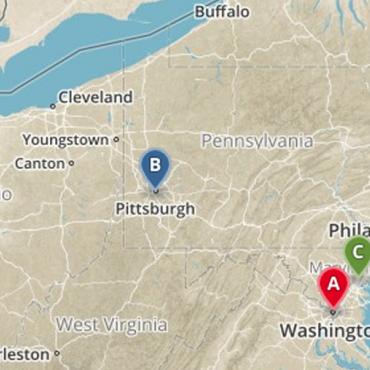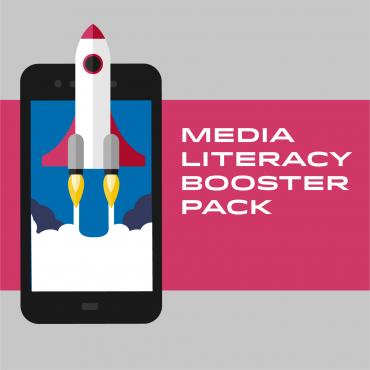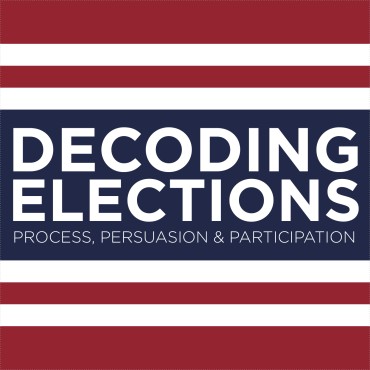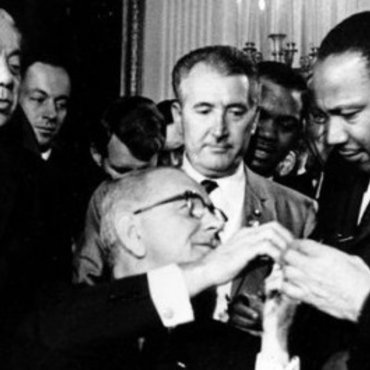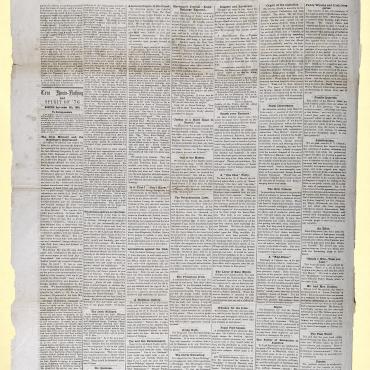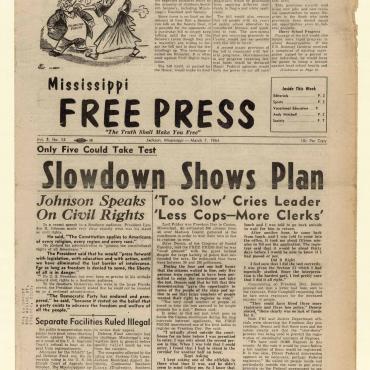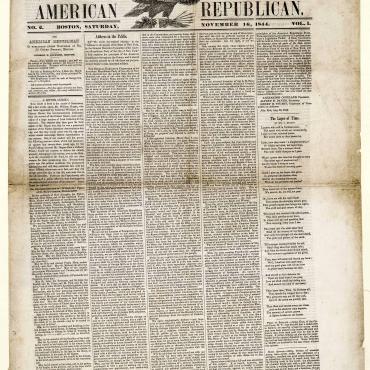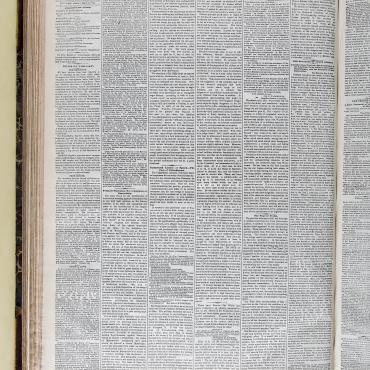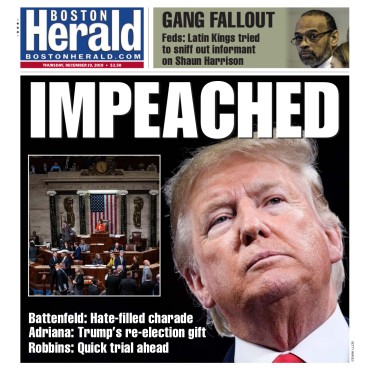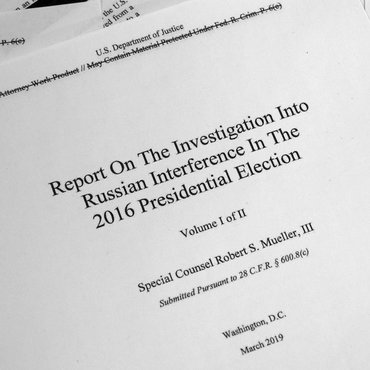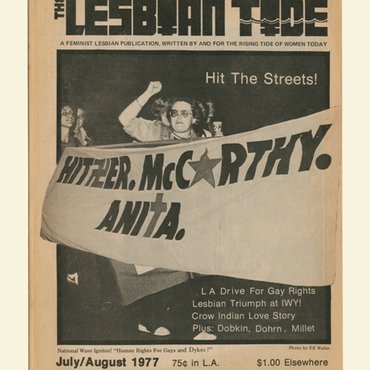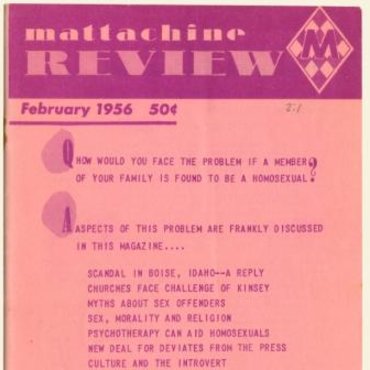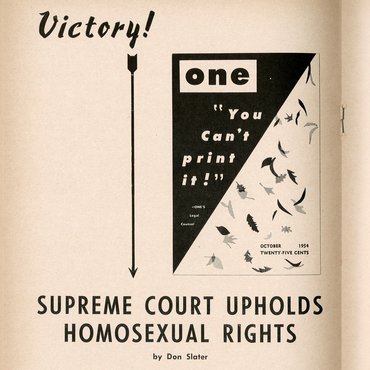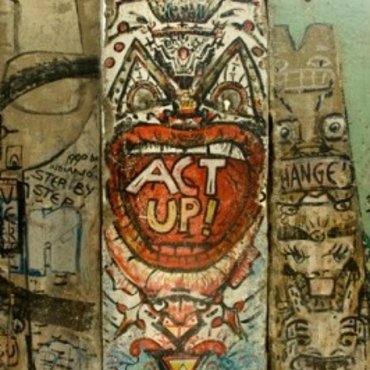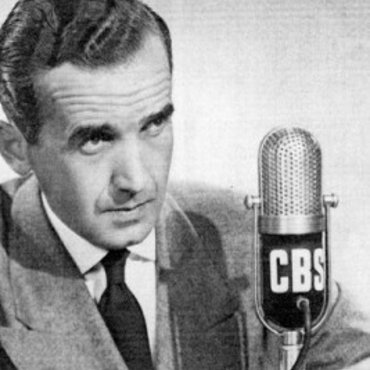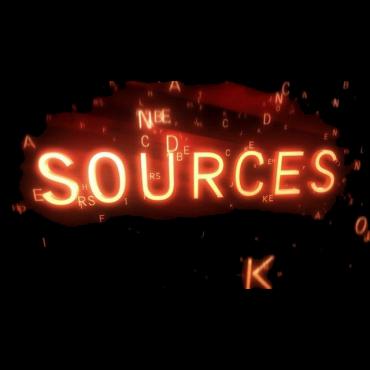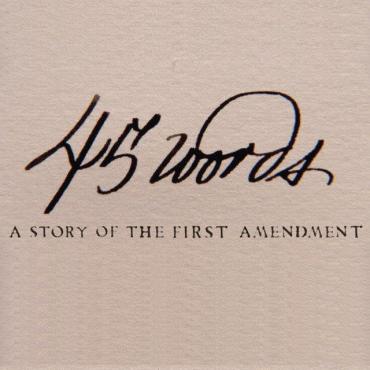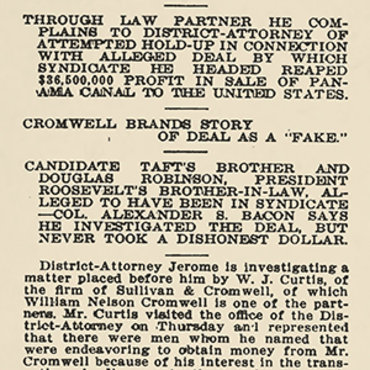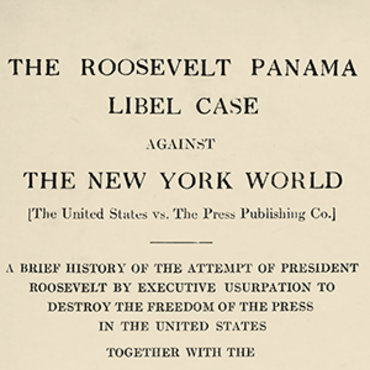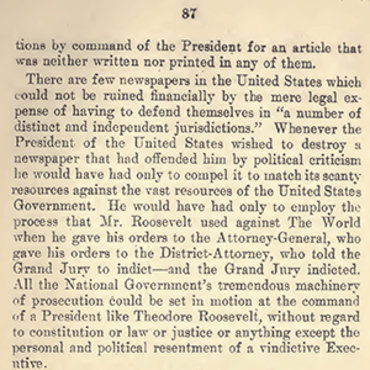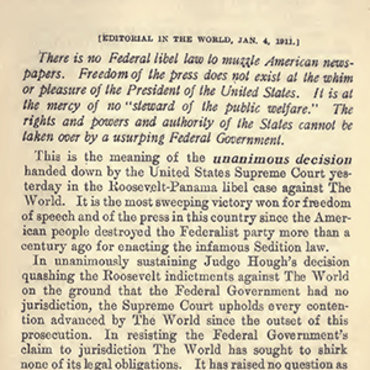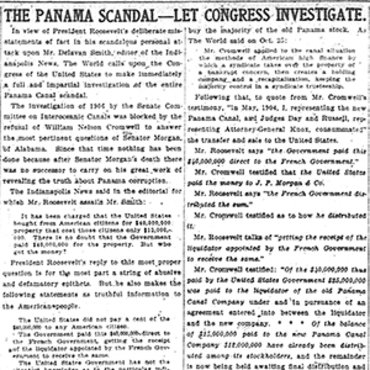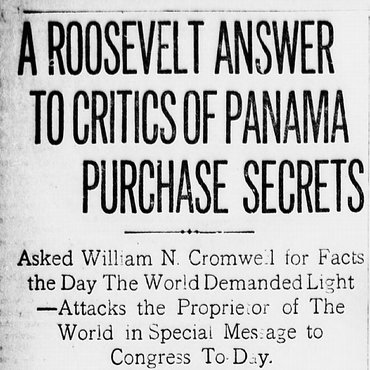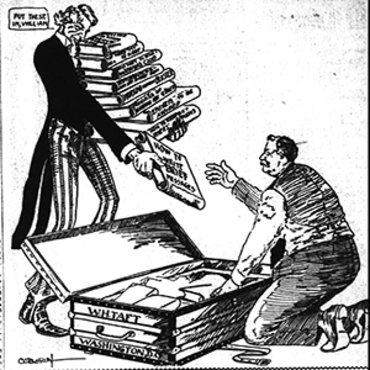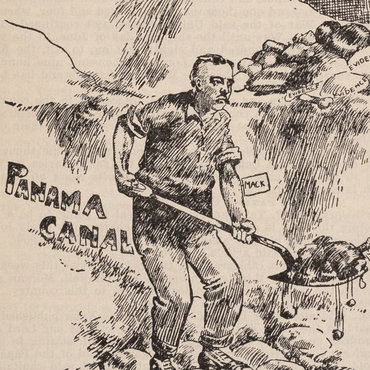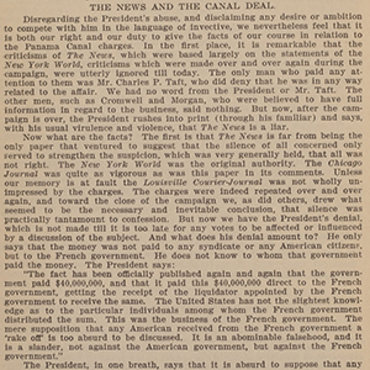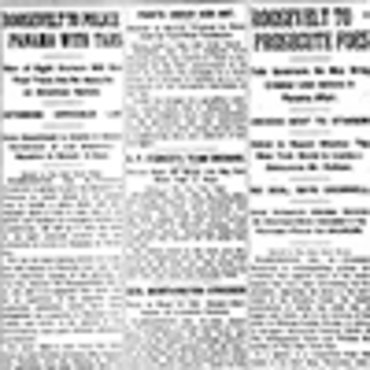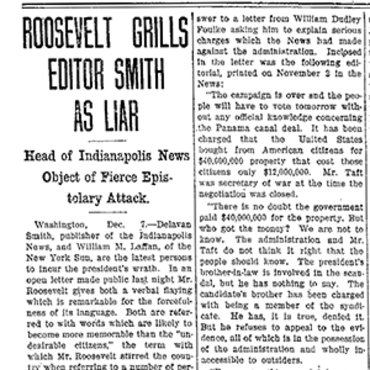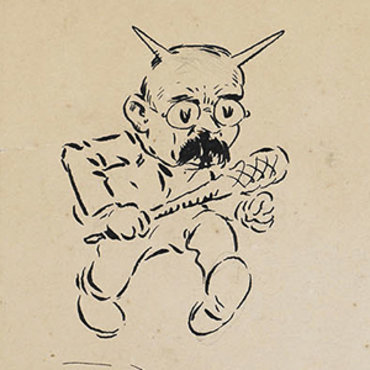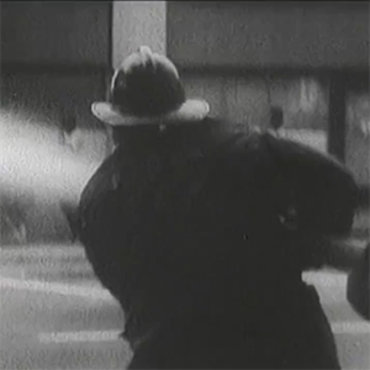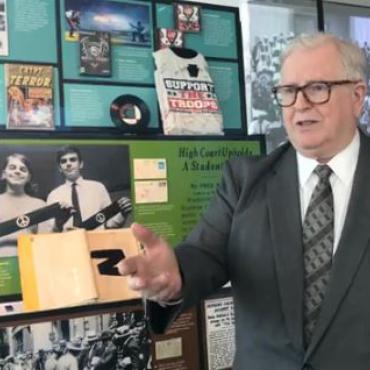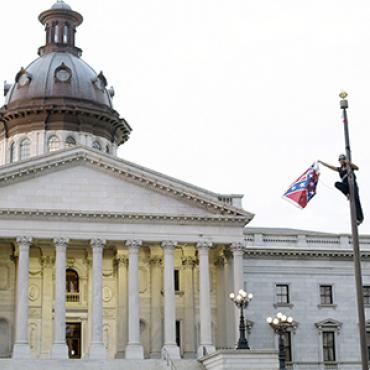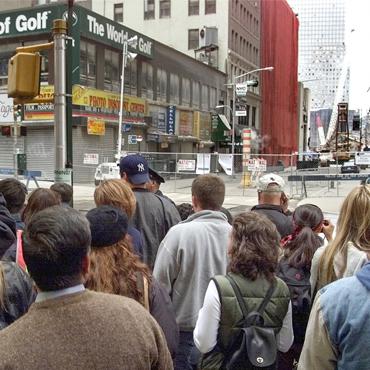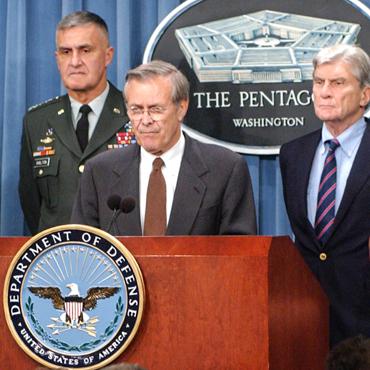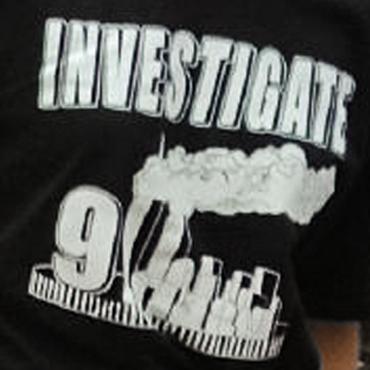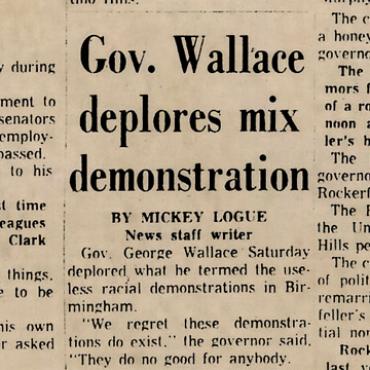Civil Rights: Knowns and Unknowns
This assignment helps students deepen their understanding of the civil rights movement and teaches them how to develop compelling questions about the past.
Get even more great free content!
This content contains copyrighted material that requires a free NewseumED account.
Registration is fast, easy, and comes with 100% free access to our vast collection of videos, artifacts, interactive content, and more.
NewseumED is provided as a free educational resource and contains copyrighted material. Registration is required for full access. Signing up is simple and free.
With a free NewseumED account, you can:
- Watch timely and informative videos
- Access expertly crafted lesson plans
- Download an array of classroom resources
- and much more!
- Civil Rights
- Journalism
- Politics
- 6-12
(Note: For more support, see expanded procedure in downloadable lesson plan.)
- In advance, review the sample worksheet at the end of the lesson plan. You may wish to distribute it to students, as well.
- As a class, discuss what they know about the civil rights movement by answer the reporter’s questions (who, what, when, where, why and how).
- Then give them 10-15 minutes to browse the NewseumED interactive “Making a Change” timeline for additional ideas or answers.
- Expand upon the earlier list of civil rights knowledge with information from the timeline.
- Once students run out of ideas come up with a list of what they still don’t know about the civil rights movement. Craft six to eight compelling questions.
- Break students into groups. Each group will be responsible for answering one of the questions.
- The groups will create a hypothesis for their question and use the timeline to complete the worksheet to the answer the question.
- Knowns and Unknowns worksheet (download), one per student
- Internet access
- Civil Rights Glossary (download, optional)
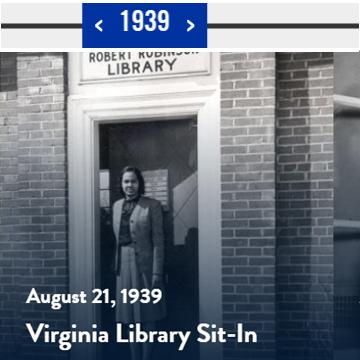
CIVIL RIGHTS TIMELINE
CIVIL RIGHTS TIMELINE
Discuss their findings as a class. Prompts include:
- What evidence or prior knowledge did you consider when forming your hypothesis?
- Did you have to change your hypothesis? Why or why not?
- Which hypotheses/evidence are the strongest? Why?
- Which hypotheses/evidence are less satisfying? Why? What could be done to strengthen them?
- If multiple groups considered the same question, compare and contrast their hypotheses and evidence. Can you settle on a single answer to that question?
- If you were going to dig further into this question and look for more support for your hypothesis, what sources and methods would you use? (Other reference resources, research techniques, etc.)
Debating Civil Rights History: Choose one compelling question about the civil rights movement that your students find interesting and that connects to your curriculum. As a class, come up with two opposing hypotheses to answer the question. Divide the class in two and have each half gather evidence to support one of the hypotheses. Then have a class debate in which representatives from each side take turns presenting their evidence, allowing the opportunity for the opposing side to respond to each argument. At the end of the debate, try to reach a class consensus as to which hypothesis is correct. Or, if it proves impossible to reach a consensus, discuss why this is the case.
-
Common Core State Standards: CCSS.ELA-LITERACY.CCRA.R.3
Analyze how and why individuals, events, or ideas develop and interact over the course of a text. -
Common Core State Standards: CCSS.ELA-LITERACY.CCRA.W.9
Draw evidence from literary or informational texts to support analysis, reflection, and research.
-
NCSS C3 Framework: D1.5.6-8 and D1.5.9-12
6 - 8: Determine the kinds of sources that will be helpful in answering compelling and supporting questions, taking into consideration multiple points of views represented in the sources. 9 - 12: Determine the kinds of sources that will be helpful in answering compelling and supporting questions, taking into consideration multiple points of view represented in the sources, the types of sources available, and the potential uses of the sources. -
NCSS C3 Framework: D2.Civ.10.6-8 and D2.Civ.10.9-12
6 - 8: Explain the relevance of personal interests and perspectives, civic virtues, and democratic principles when people address issues and problems in government and civil society. 9 - 12: Analyze the impact and the appropriate roles of personal interests and perspectives on the application of civic virtues, democratic principles, constitutional rights, and human rights. -
NCSS C3 Framework: D2.His.14.6-8 and D2.His.14.9-12
6 - 8: Explain multiple causes and effects of events and developments in the past. 9 - 12: Analyze multiple and complex causes and effects of events in the past. -
NCSS C3 Framework: D2.His.16.6-8 and D2.His.16.9-12
6 - 8. Organize applicable evidence into a coherent argument about the past. 9 - 12. Integrate evidence from multiple relevant historical sources and interpretations into a reasoned argument about the past. -
NCSS C3 Framework: D2.His.3.6-8 and D2.His.3.9-12
6 - 8: Use questions generated about individuals and groups to analyze why they, and the developments they shaped, are seen as historically significant. 9 - 12: Use questions generated about individuals and groups to assess how the significance of their actions changes over time and is shaped by the historical context.
-
National Center for History in the Schools: NCHS.Historical Thinking.4
A. Formulate historical questions. B. Obtain historical data from a variety of sources. C. Interrogate historical data. D. Identify the gaps in the available records, marshal contextual knowledge and perspectives of the time and place. E. Employ quantitative analysis. F. Support interpretations with historical evidence. -
National Center for History in the Schools: NCHS.US History.Era 7
Standard 1: How Progressives and others addressed problems of industrial capitalism, urbanization, and political corruption Standard 2: The changing role of the United States in world affairs through World War I Standard 3: How the United States changed from the end of World War I to the eve of the Great Depression -
National Center for History in the Schools: NCHS.US History.Era 8
Standard 1: The causes of the Great Depression and how it affected American society Standard 2: How the New Deal addressed the Great Depression, transformed American federalism, and initiated the welfare state Standard 3: The causes and course of World War II, the character of the war at home and abroad, and its reshaping of the U.S. role in world affairs -
National Center for History in the Schools: NCHS.US History.Era 9
Standard 1: The economic boom and social transformation of postwar United States Standard 2: How the Cold War and conflicts in Korea and Vietnam influenced domestic and international politics Standard 3: Domestic policies after World War II Standard 4: The struggle for racial and gender equality and for the extension of civil liberties
-
National Council of Teachers of English: NCTE.8
Students use a variety of technological and information resources (e.g., libraries, databases, computer networks, video) to gather and synthesize information and to create and communicate knowledge.
-
Center for Civic Education: CCE.V
A. What is citizenship? B. What are the rights of citizens? C. What are the responsibilities of citizens? D. What civic dispositions or traits of private and public character are important to the preservation and improvement of American constitutional democracy? E. How can citizens take part in civic life?
-
NCSS Curriculum Standards: NCSS 1
Learners will understand how human beings create, learn, share and adapt to culture. -
NCSS Curriculum Standards: NCSS 2
Learners examine the institutions, values and beliefs of people in the past, acquire skills in historical inquiry and interpretation, and gain an understanding of how important historical events and developments have shaped the modern world. -
NCSS Curriculum Standards: NCSS 5
Students know how institutions are formed, maintained and changed, and understand how they influence individuals, groups and other institutions. -
NCSS Curriculum Standards: NCSS 6
Learners will develop an understanding of the principles, processes, structures and institutions of government, and examine how power and authority are or have been obtained in various systems of government. -
NCSS Curriculum Standards: NCSS 10
Learning how to apply civic ideals to inform civic action is essential to participation in a democracy and support for the common good.
